Pork Pies and Pickled Onions
Wherein the British Reputation for Inedible Food Takes a Minor Hit
You should never hold a country's institutional food against it, but after six years of boarding school, Ben can certify the English version as downright horrifying. We won't go into detail, but take the dismal British reputation, multiply it out several times, and you start to approach the twilight zone on the other side of a barren culinary wilderness. An allowance of £5 per trimester (in 1965) went almost exclusively to supplementing the school diet with penny-pinching forays into the pubs, chip shops, tea rooms, and cheaper immigrant cafés of Canterbury.
So the shock on returning thirty years later wasn't the gourmet revolution that had transformed London and even the British hinterlands into a mecca for high-end culinary expertise—sooner or later, all those French, Italian, and Spanish immigrants were bound to take matters into their own hands. The biggest surprise was how so many of the basic British foods of yore had simply disappeared.
Take fish and chips, for example. The issue wasn't so much that the staple had gone missing, but that it had migrated upmarket. In the old days, an anonymous white fish and thick-cut potatoes were deep-fried in cheap beef fats and vegetable oil, then wrapped in yesterday's newspaper. No matter how ugly the weather, you consumed them on the street outside a take-out shop, with a dash of salt and a shower of pungent malt vinegar.
Today, and especially in London, true chip shops are few and far between (in the Isles as a whole, their numbers have dropped from 30,000 to a paltry 10,000, to serve 72 million hungry souls). It might be healthier that you no longer have to scrape off yesterday's want ads—and sit-down restaurants might fry everything in this-and-that-free, government-approved oils. But then they smother the dish with all manner of foreign flavored mayonnaises and tartare sauce. And ketchup! And worst of all, they even make you choose the fish!
We don't mind that kidneys have disappeared from 90% of the steak pies. Or that the fast food chain Wimpy finally woke up and took the ham out of their once gruesome ham-burgers. We don't even mind that you can no longer break a tooth on a Yorkshire Pudding. But it took us days of searching London to find a genuine pork pie. And when we did stumble onto the ancient treasure—in a humble corner of the entrance to Leadenhall Market—it was heated. Aggh!
For the unfortunates who’ve never tasted the original, pork pies consist of unmentionable pork parts, cured and mashed together, baked in a thick, individual water crust, then drenched with a pork broth that jellifies and protects the cold dish from spoiling. In those ye olden days, every pub sported a jar of pickled white onions on the bar. These could be ordered with the cold pie or a hunk of aged cheddar cheese and Branston Pickle (nowadays gussied up as a Ploughman's Lunch). But as far as we can tell, no longer.
We have no objection to the disappearance of Chop Suey from the Chinese restaurants. And we hardly mind that canned tomato sauces have vanished from even the most Anglicized Italian restaurants. But watercress and butter sandwiches? Potted shrimp paste or Marmite sandwiches? Beans on toast? Where did they go? Ben once lived on buttered toast with industrial beans (canned Heinz, no substitute, please). Nowadays, even when you do find the once ubiquitous offering, you can hardly taste the metal!
And we're still not sure about modern bangers. We understand that they should contain some meat to go with the cereal filler, but 42% minimum? Sounds a bit extreme. Sounds like the pre-Brexit European Union might have stuck its snooty, regulatory fingers into our favorite British pies, fish, sandwiches, and sausages.
And this brings us to the main issue. In London at least, foreigners have always served up some of the best food on the planet, but their expertise was reserved for the nouveau riche and upper classes. It's a little known fact that the British aristocracy put the Bordeaux wine region on the map and for centuries bought up the entire stock of what they poetically named "Claret". Cesar Ritz established the London Savoy as the most famous and expensive hotel on Earth before getting fired for financial irregularities and inventing his own brand.
But average Tommies and their families—and schoolboys on skimpy allowances—lacked the disposable income to even dream about the liver and onions at the Savoy Grill, the special of the day at Selfridge’s, or the afternoon tea at Claridge's or the Saint James. With world wars, blockades, and rationing, they were lucky to find anything besides fish and chips (which oddly were never restricted).
But nowadays, edible food has gone mainstream in Britain, and there is simply nothing to be done about it.
We can't leave the topic of eating out in London without mentioning two of our favorite restaurants on the planet—and it should come as no surprise that neither finds its roots in the British Isles.
Veeraswamy:
Veeraswamy on Regent Street opened in 1926 as a gourmet Anglo-Indian restaurant catering to the tastes of former officials of the Indian Raj. By the time Ben's father started bringing him here (circa 1963), the menu had dropped its Anglo tendencies in favor of classic Indian cuisine from the east coast of the subcontinent. Try the hyper-expensive tasting menu with a bottle from a superb Maharashtran vintage (not on the wine list, but ask for it).
Novikov:
In 2011, the Russian Arkady Novikov opened the Novikov Restaurant and Bar on Berkeley Street in Mayfair as two distinct eateries in the same location. The Northern Italian half serves up a nice enough meal, but the Pan-Asian kitchen and dining room are beyond spectacular. They require a minimum of three visits and a prodigious appetite on each outing to work your way through the menu. You could pick any dish blindfolded and come away thrilled.
And you'll notice that we haven't mentioned the nearby Afternoon Tea at the Ritz, even though it's an iconic experience that requires a reservation weeks in advance. We didn't mind our last visit to the snooty, overcrowded venue, where the highlight was the aristocratic wife at the next table studiously ignoring the snores of her husband, while saving him from repeated pratfalls.
But as beverages go, tea is a hard sell in our family. And as an experience, Afternoon Tea has nothing to do with the food or the tepid liquid. Afternoon Tea should be taken outdoors on a lawn terrace, dressed in tie, jacket, pretty hat, and flowered dress, with oodles of croquet, badminton, and polite, inane conversation.
But those days, like most such days, are long gone.








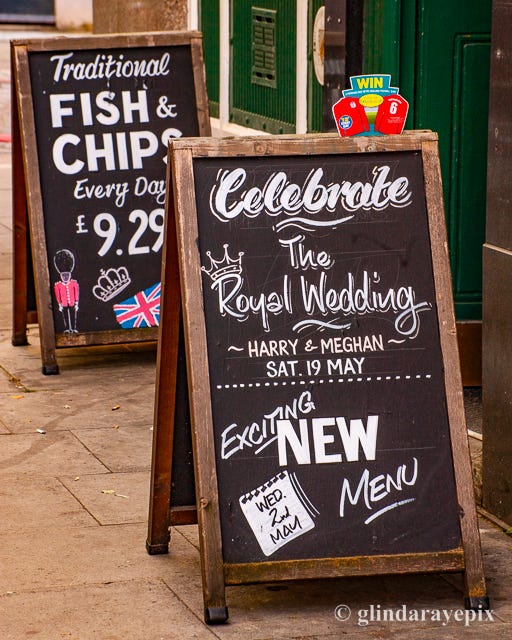
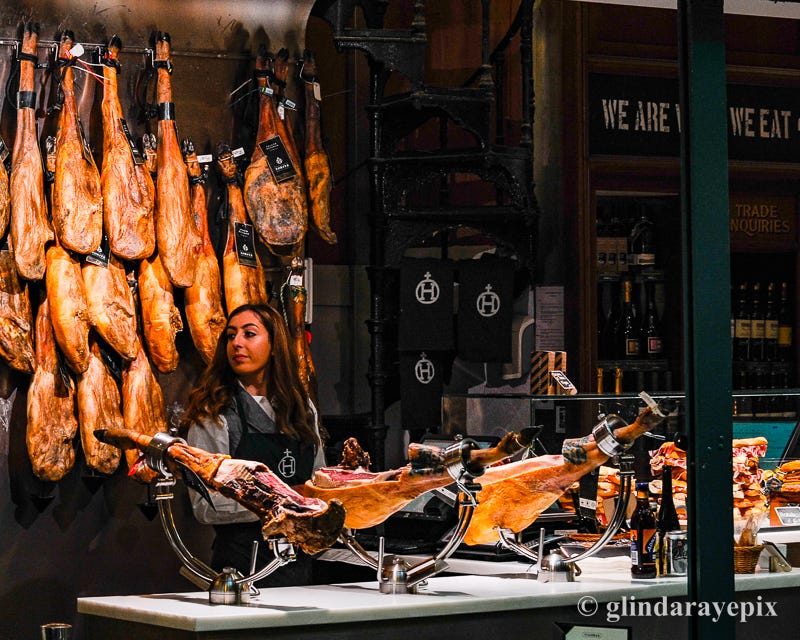
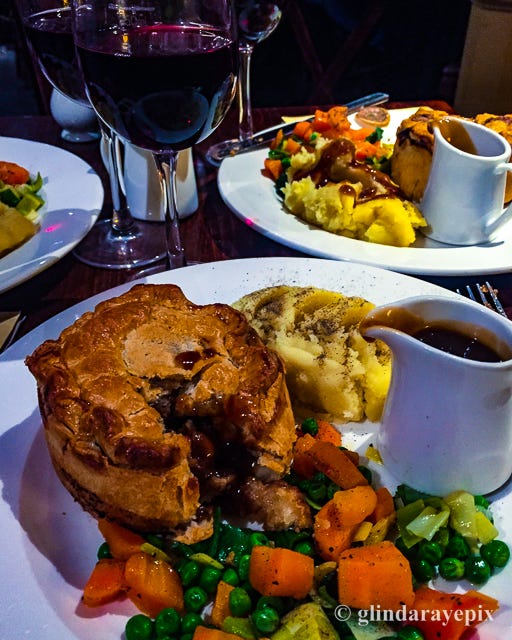
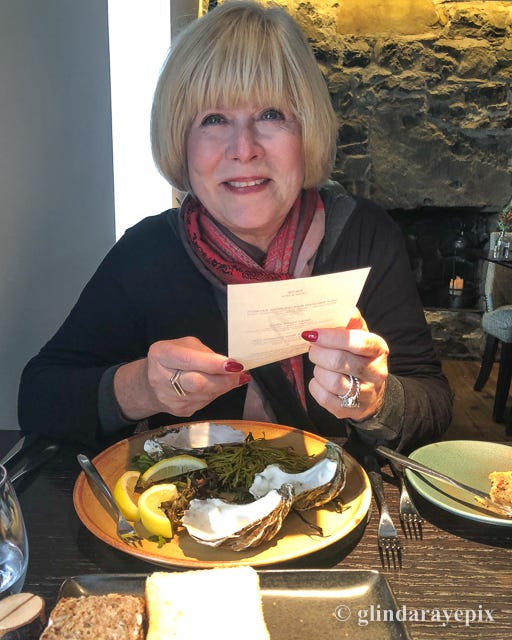

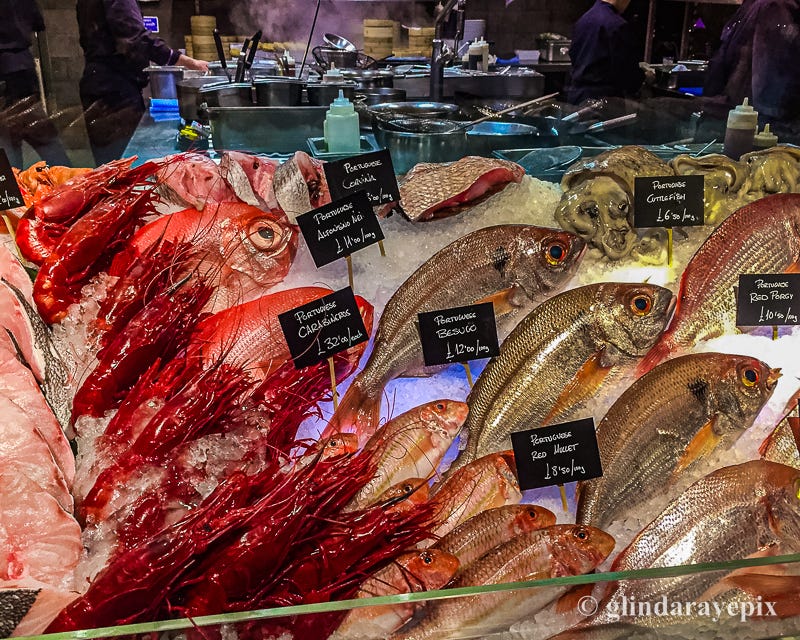

Loved it!